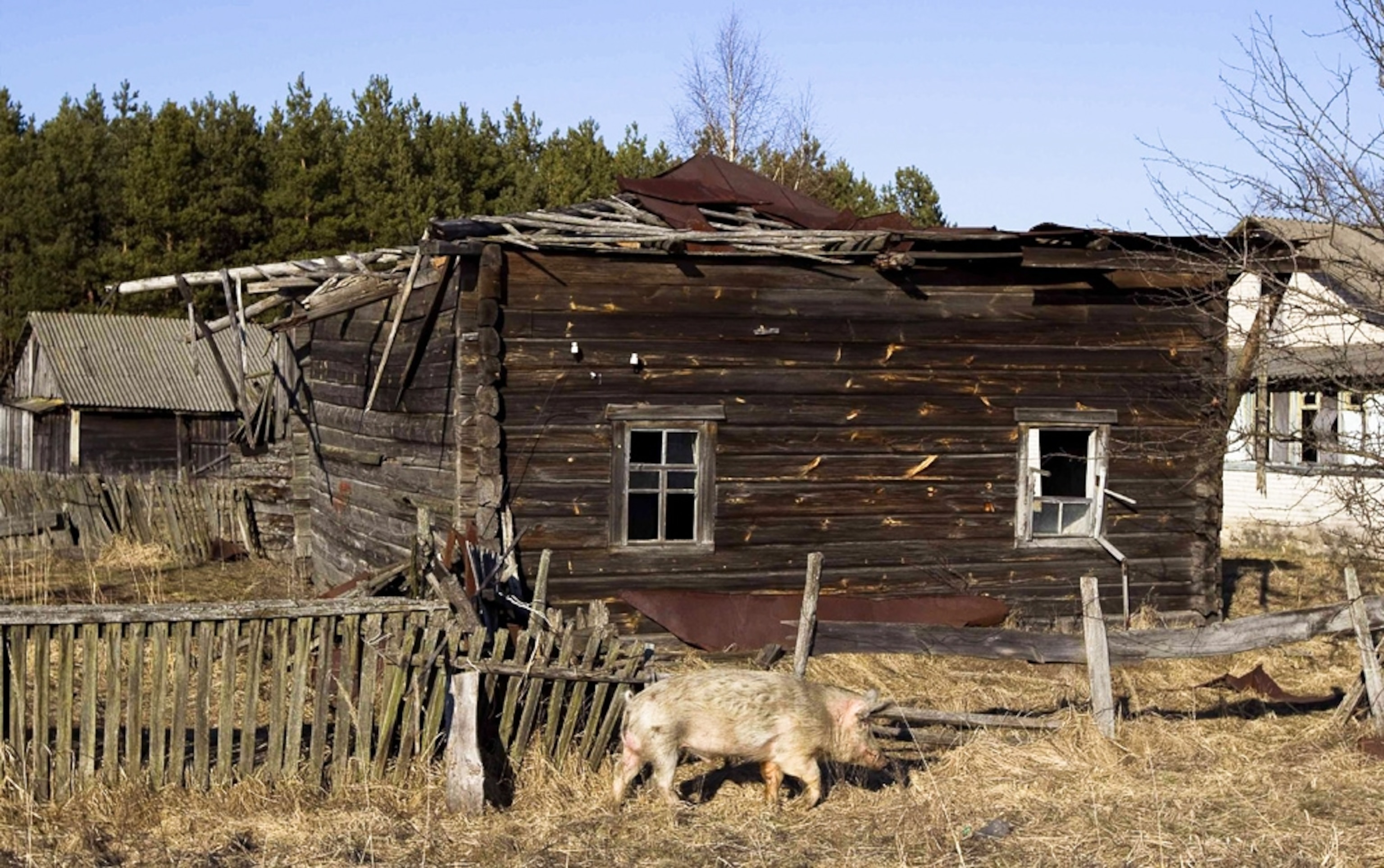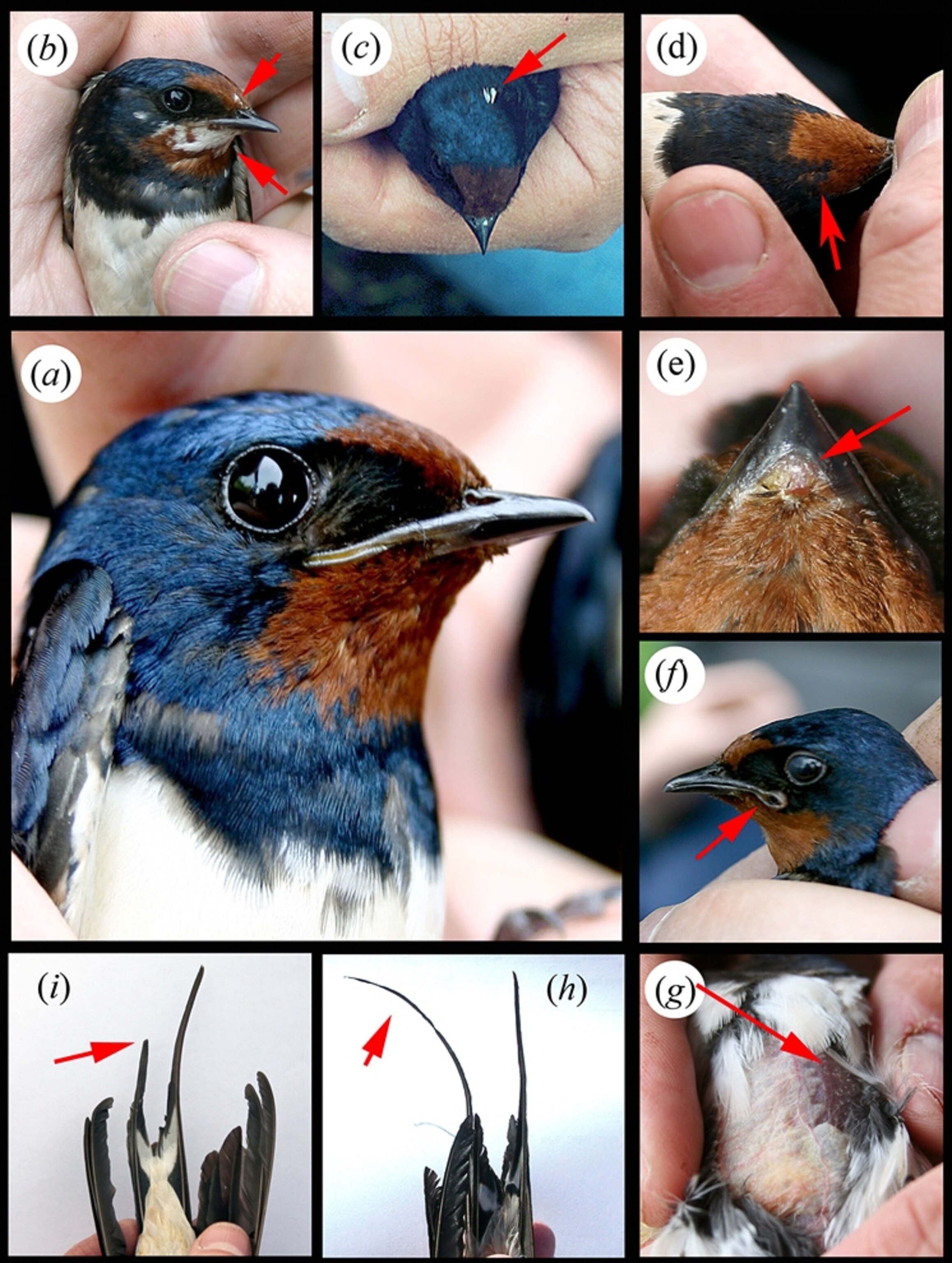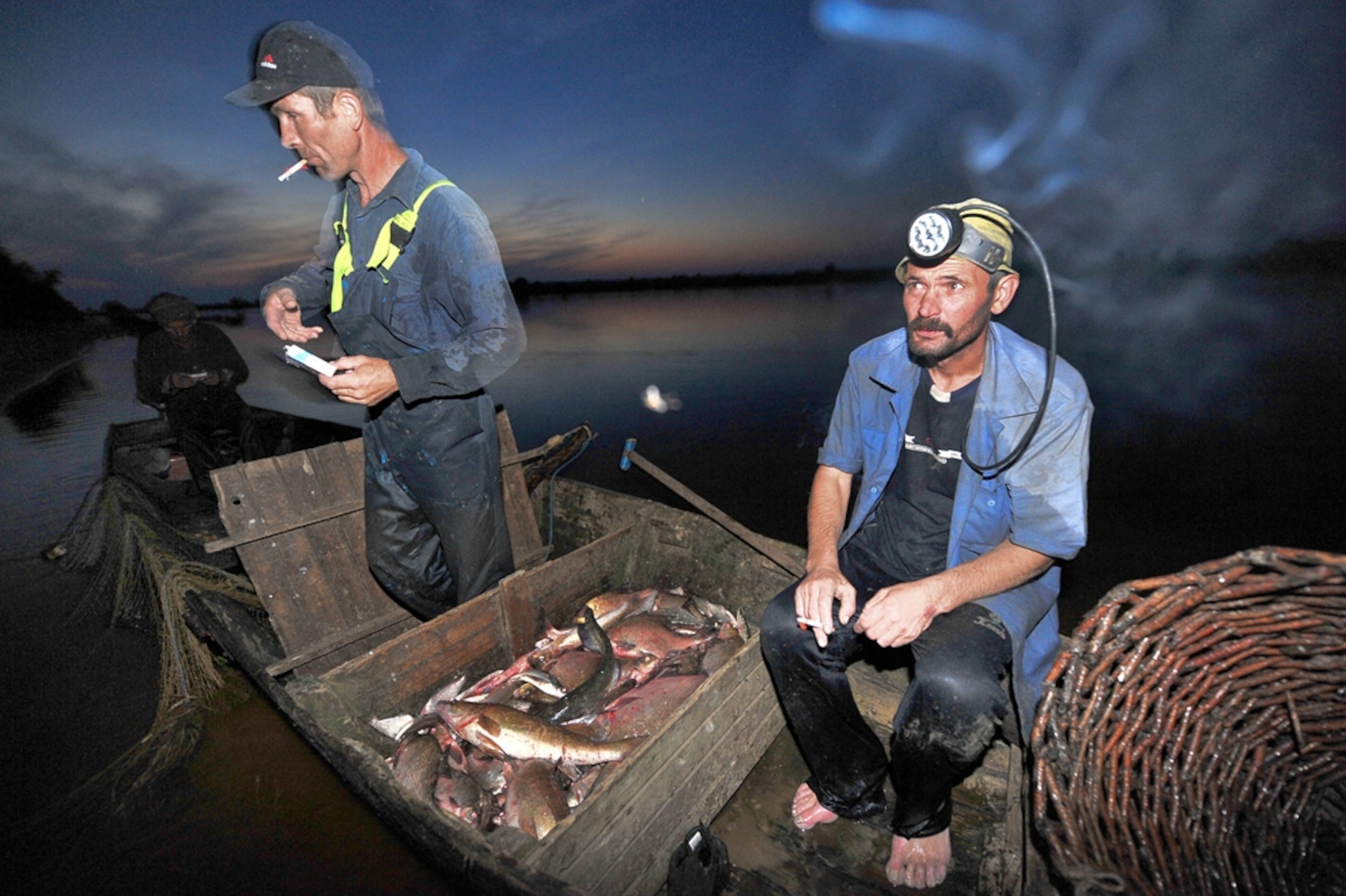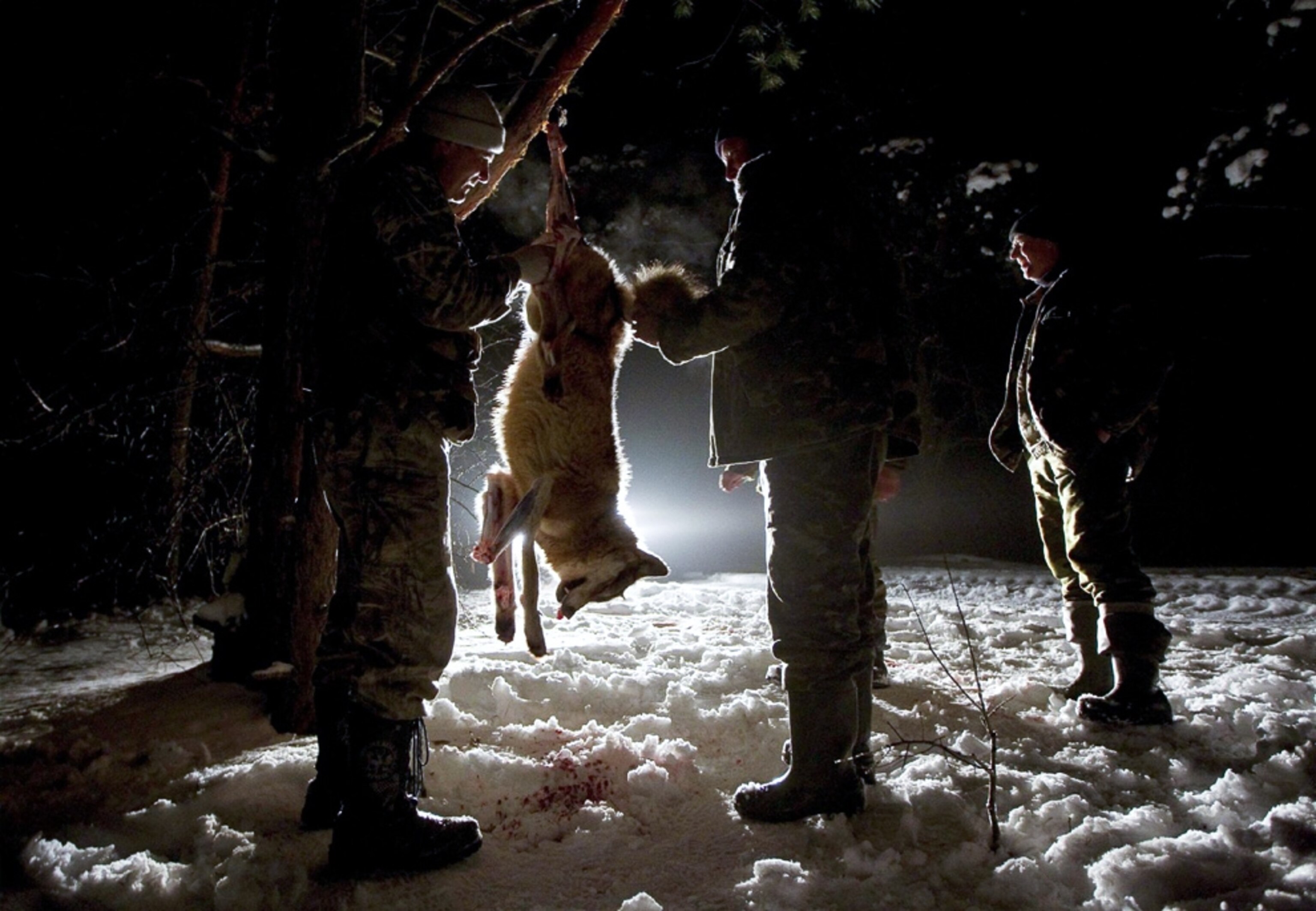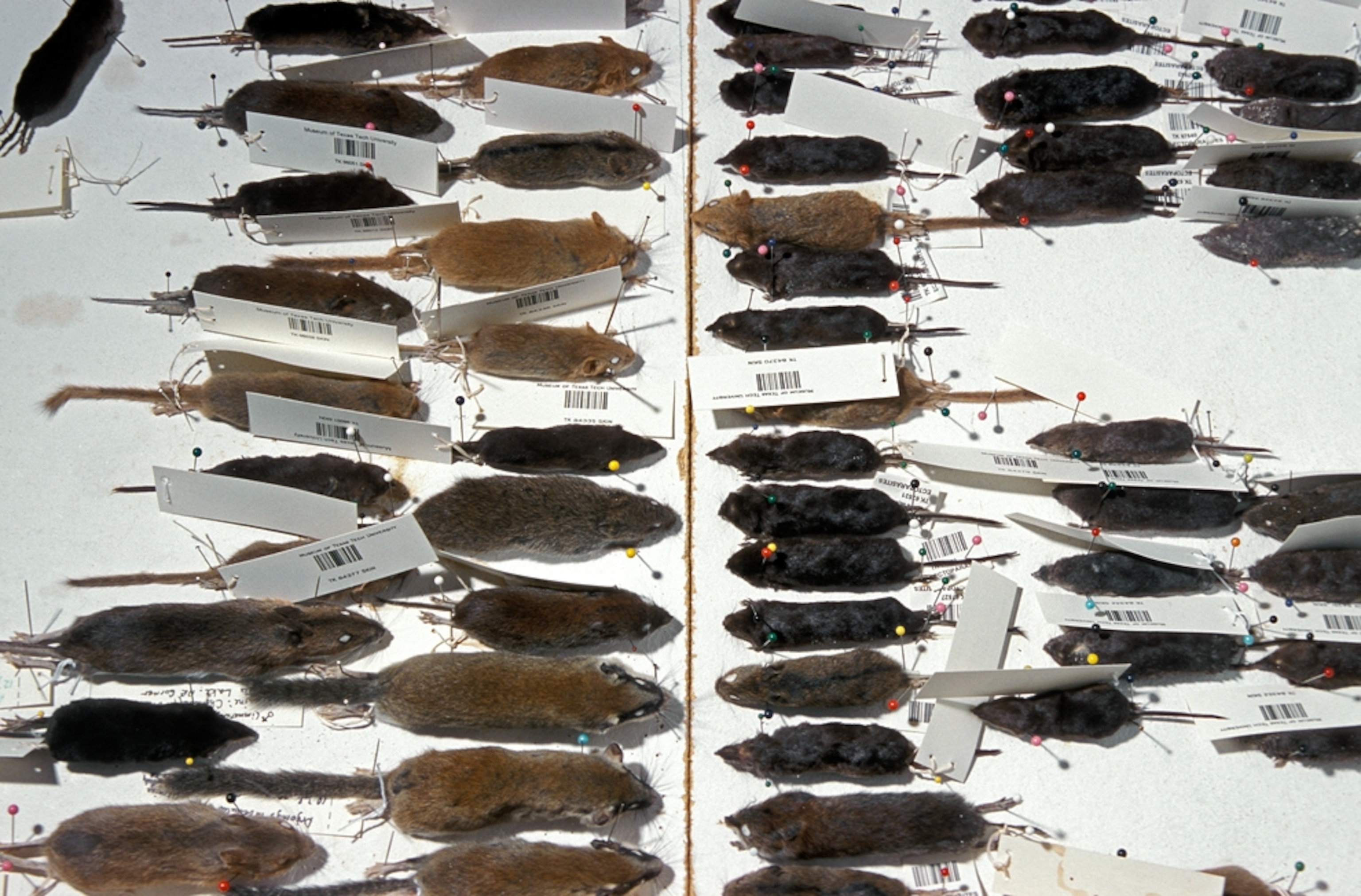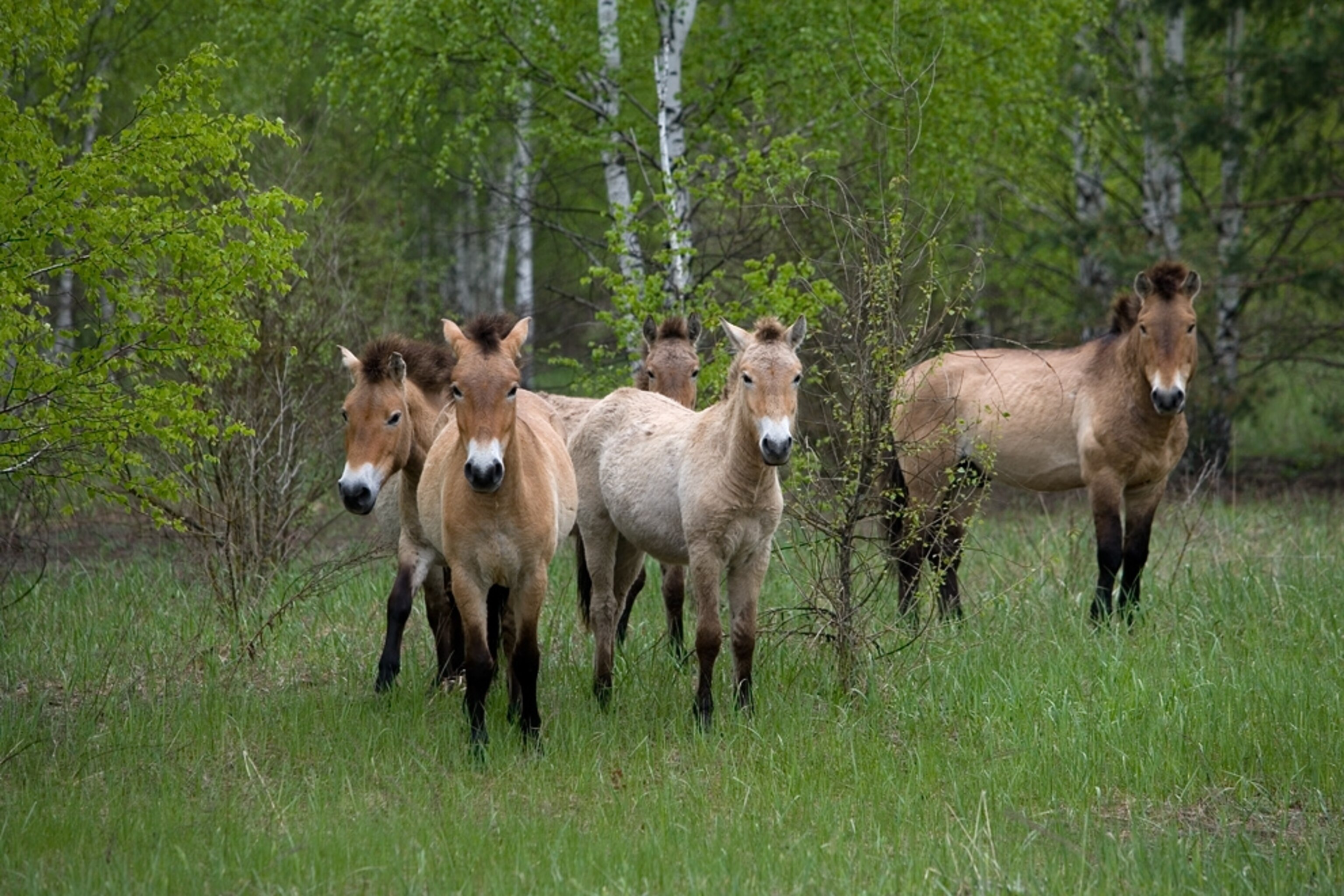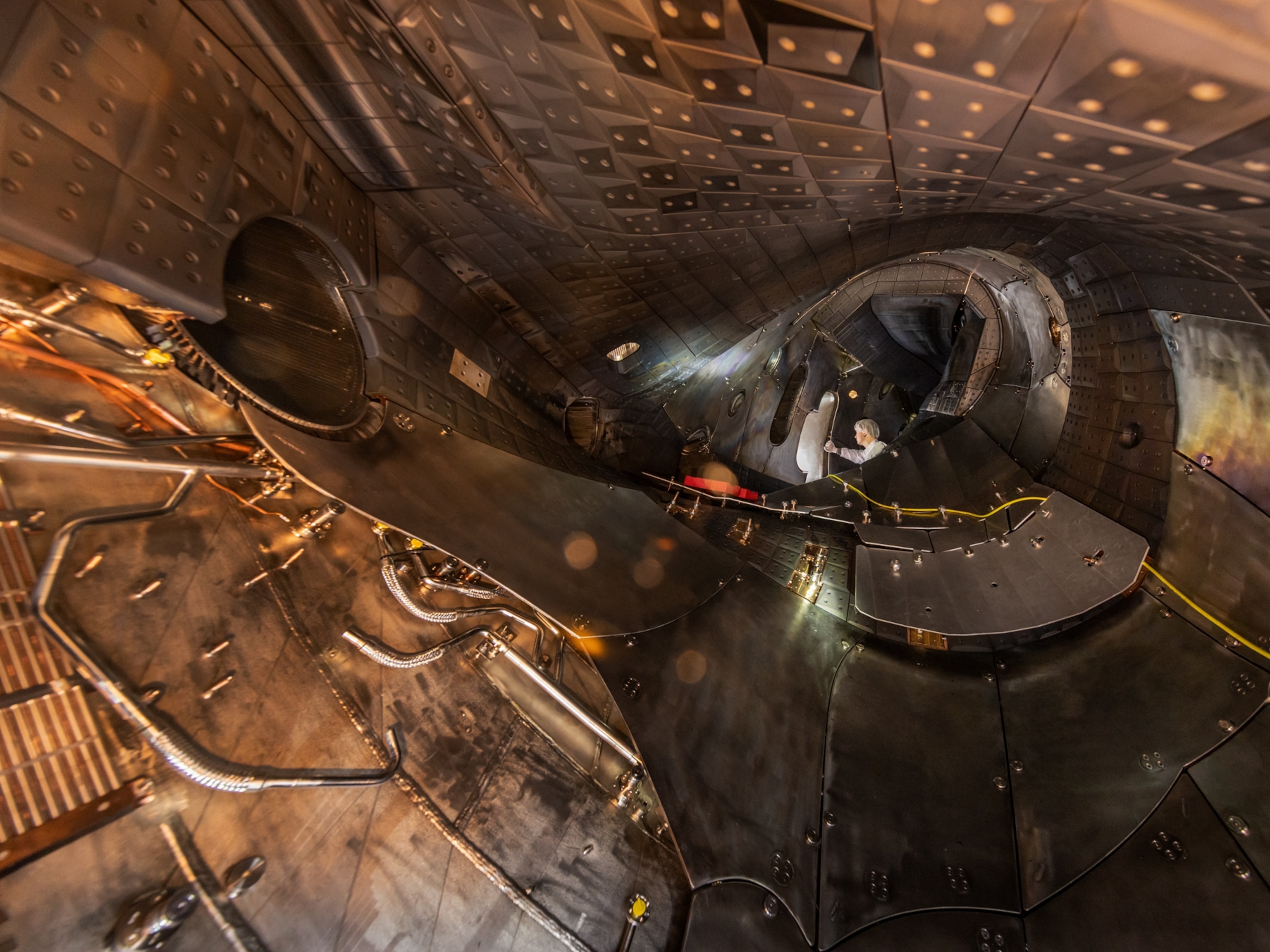1 of 9
Photograph by Sergei Supinsky, AFP/Getty Images
Pictures: Animals Inherit Mixed Legacy at Chernobyl
A quarter-century after the nuclear explosion at Chernobyl, the surrounding evacuated area has seen a resurgence of wildlife, but some species have weathered the disaster significantly better than others.
April 27, 2011


